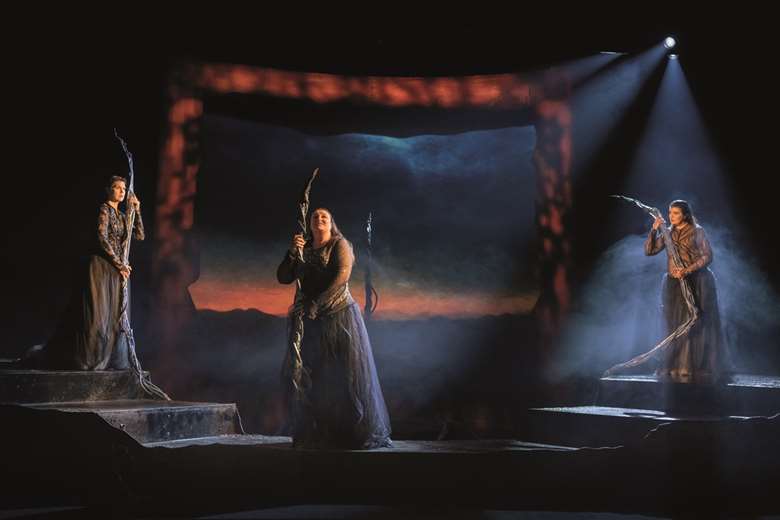The virtuous cycle
Claire Jackson
Monday, April 29, 2024
Composer cycles offer audiences – and artists – a way of experiencing a composer's work in its 'purest' form. Claire Jackson talks to the musicians getting under the skin of Sibelius, Shostakovich, Wagner and more


Register now to continue reading
Don’t miss out on our dedicated coverage of the classical music world. Register today to enjoy the following benefits:
- Unlimited access to news pages
- Free weekly email newsletter
- Free access to two subscriber-only articles per month


